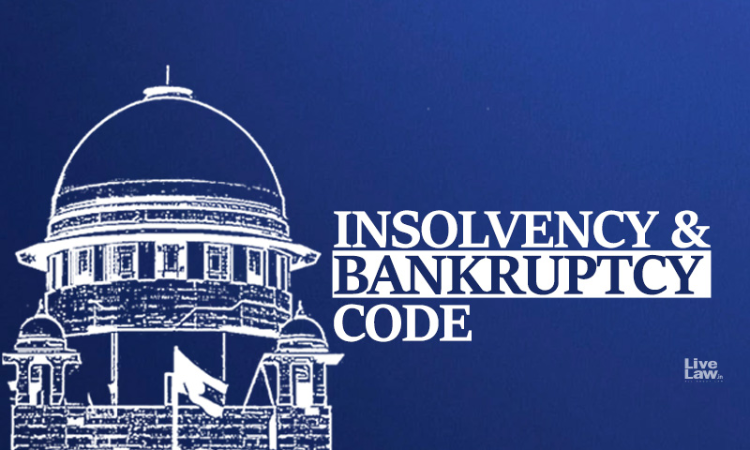The Supreme Court on Monday (February 12) observed that the claim submitted by the Resolution Applicant (“RA”) under the Corporate Insolvency Resolution Process (“CIRP”) cannot be rejected/overlooked merely on the fact that the claim submitted appears to be in a different form other than the form in which the claim needs to be submitted. In the instant case, the resolution...

